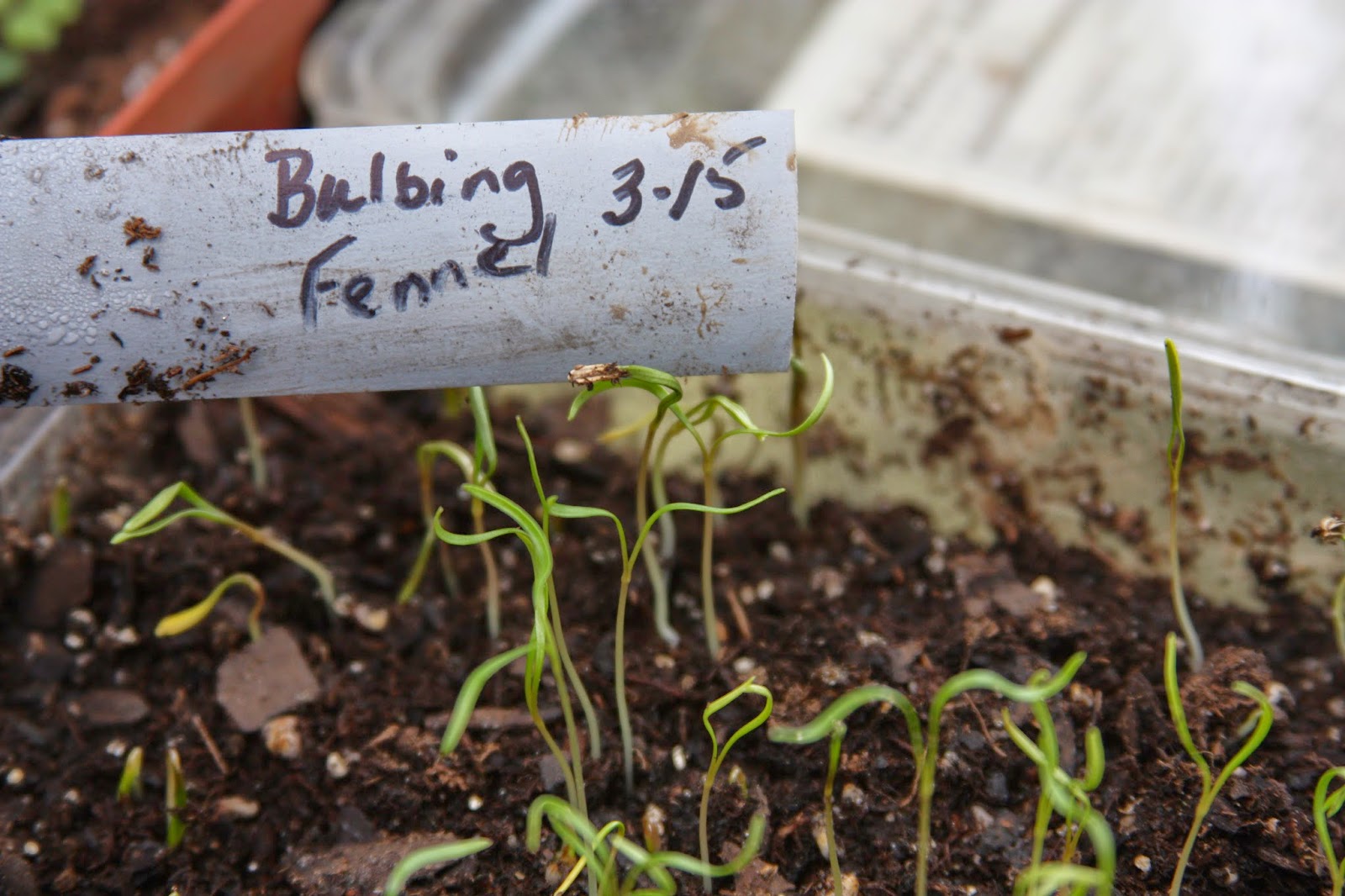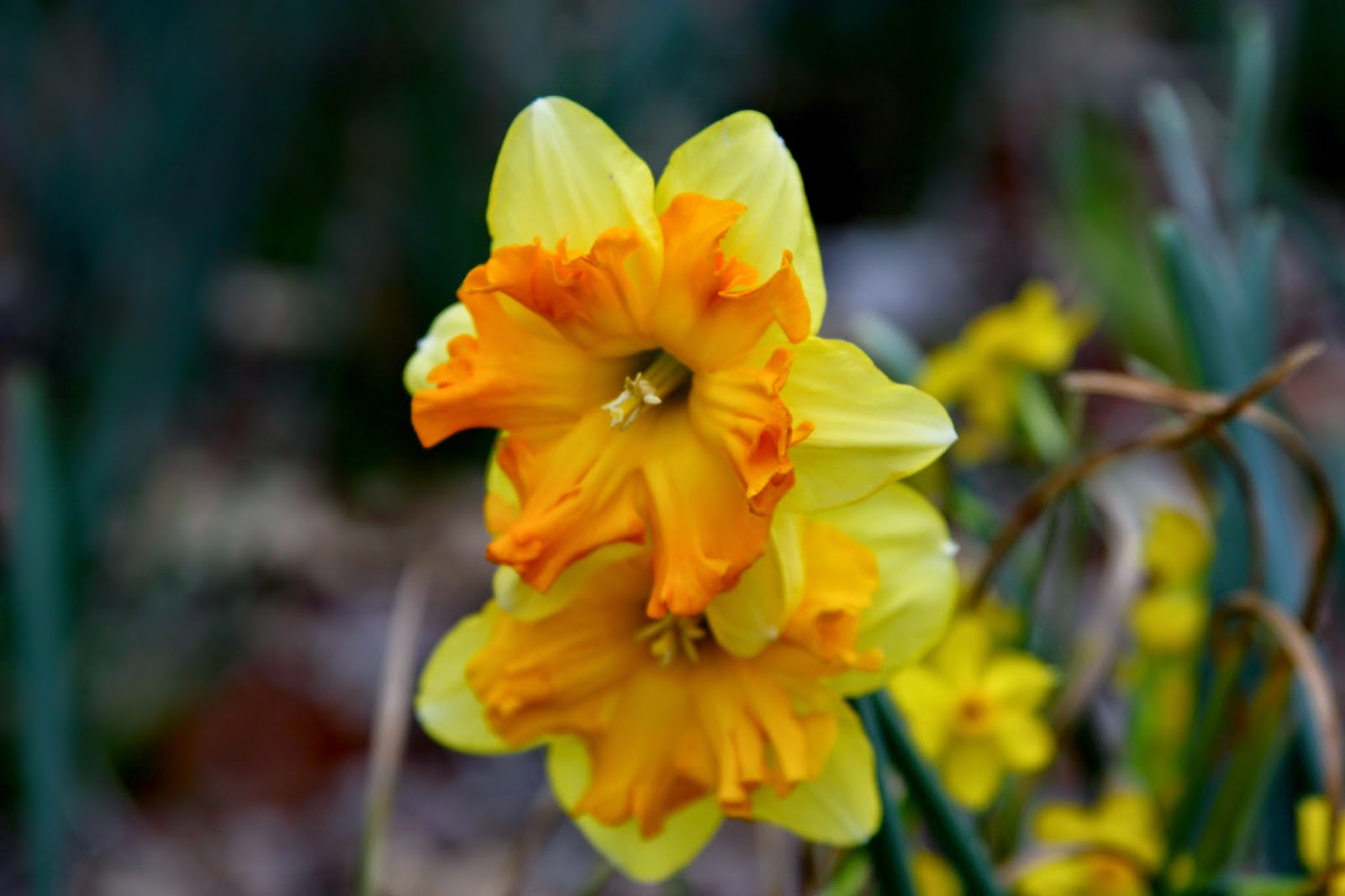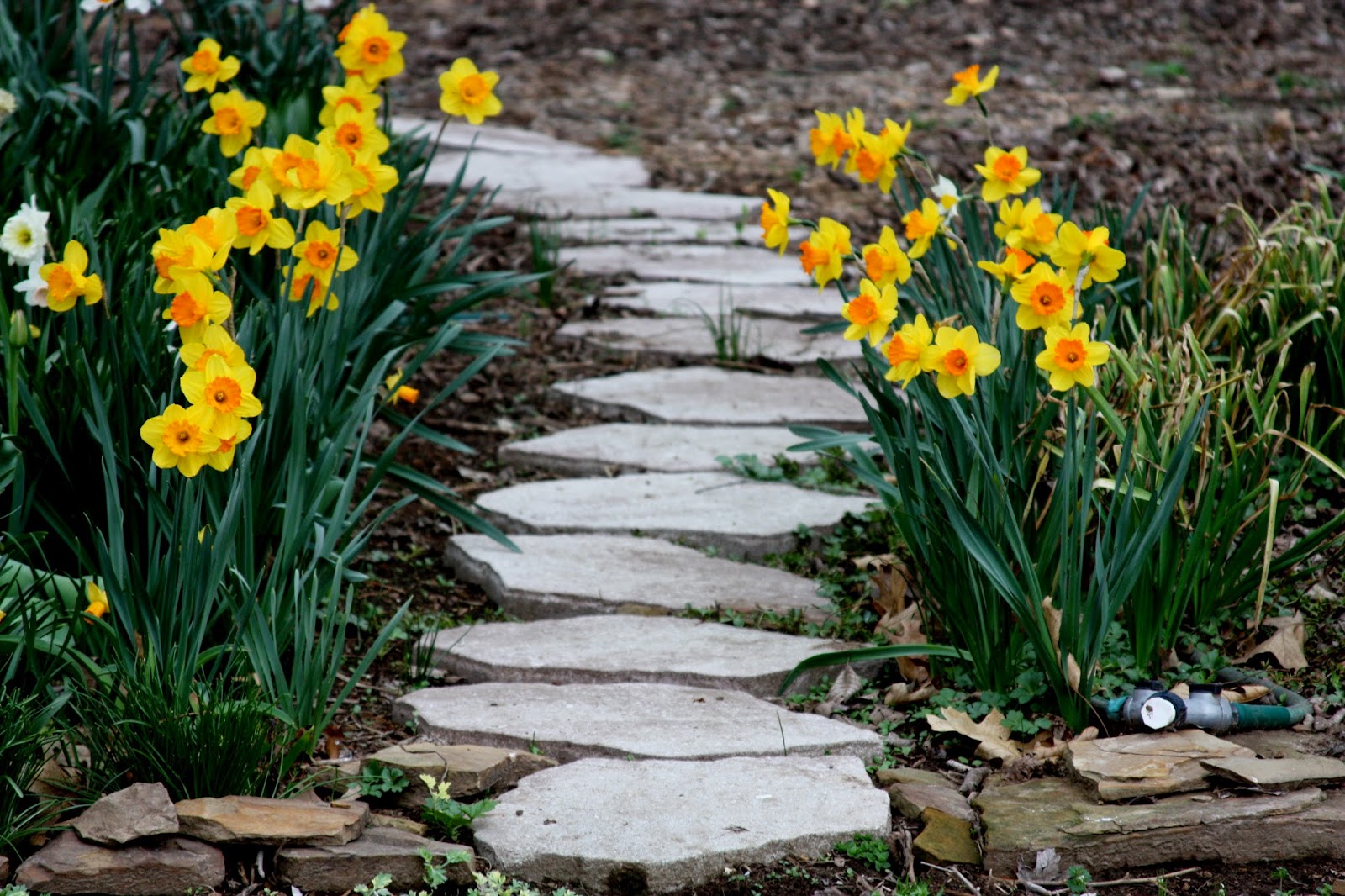How We Do It - Seedlings - growing and hardening off before planting

We cut pieces of mini-blinds and mark seed type and date planted. Here is a pictorial essay about how we grow from seed. Most of the time seeds are planted in the clear plastic shells that contain berries. They let light in plus have drainage and air holes Some containers are put outside in plant trays inside the fenced area of the little vegetable garden to reduce squirrel damage. Others are grown inside the garden shed which has lights and very low heat. Seeds put outside are ones that need cold stratification (alternating freeze and thaw) in order to soak off or break through the outer seed coat. The columbine seedlings were too thick to prick out individually for transplanting into separate containers so we planted tiny clumps of them into 1-inch cells where they will mature enough for us to make selections. The weakest will be tossed and the strongest will be transplanted. Perennial seeds such as the Penstemon Carillo Rose and Carillo Red were planted one seed p...





